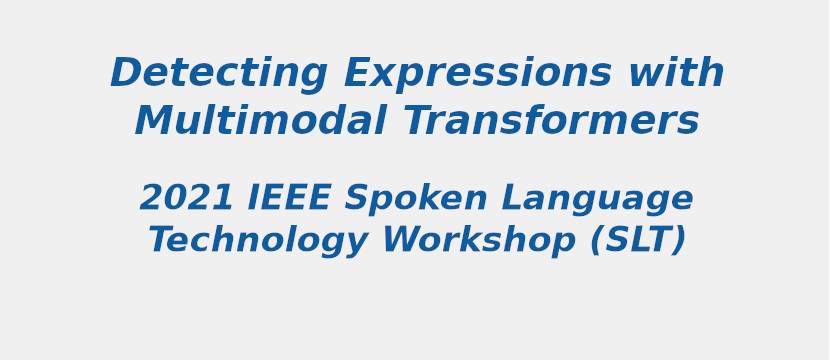Research Area: Machine Learning
Developing machine learning algorithms to understand person-to-person engagement can result in natural user experiences for communal devices such as Amazon Alexa. Among other cues such as voice activity and gaze, a person-s audio-visual expression that includes tone of the voice and facial expression serves as an implicit signal of engagement between parties in a dialog. This study investigates deep-learning algorithms for audio-visual detection of users expression. We first implement an audio-visual baseline model with recurrent layers that shows competitive results compared to current state of the art. Next, we propose the transformer architecture with encoder layers that better integrate audio-visual features for expressions tracking. Performance on the Aff-Wild2 database shows that the proposed methods perform better than baseline architecture with recurrent layers with absolute gains approximately 2% for arousal and valence descriptors. Further, multimodal architectures show significant improvements over models trained on single modalities with gains of up to 3.6%. Ablation studies show the significance of the visual modality for the expression detection on the Aff-Wild2 database.
Keywords:
Training
Visualization
Analytical models
Virtual assistants
Data models
Visual databases
Task analysis
Author(s) Name: Srinivas Parthasarathy; Shiva Sundaram
Journal name: 2021 IEEE Spoken Language Technology Workshop (SLT)
Conferrence name:
Publisher name: IEEE
DOI: 10.1109/SLT48900.2021.9383573
Volume Information:
